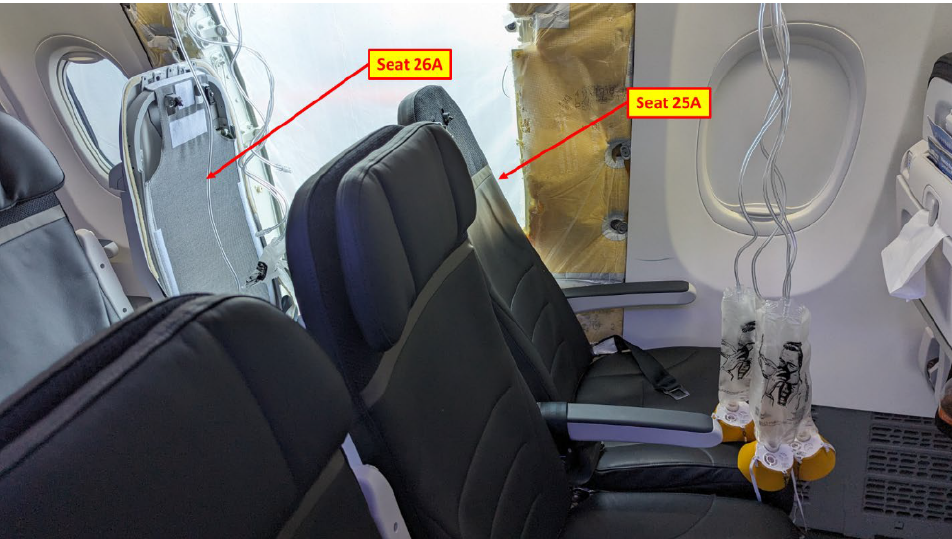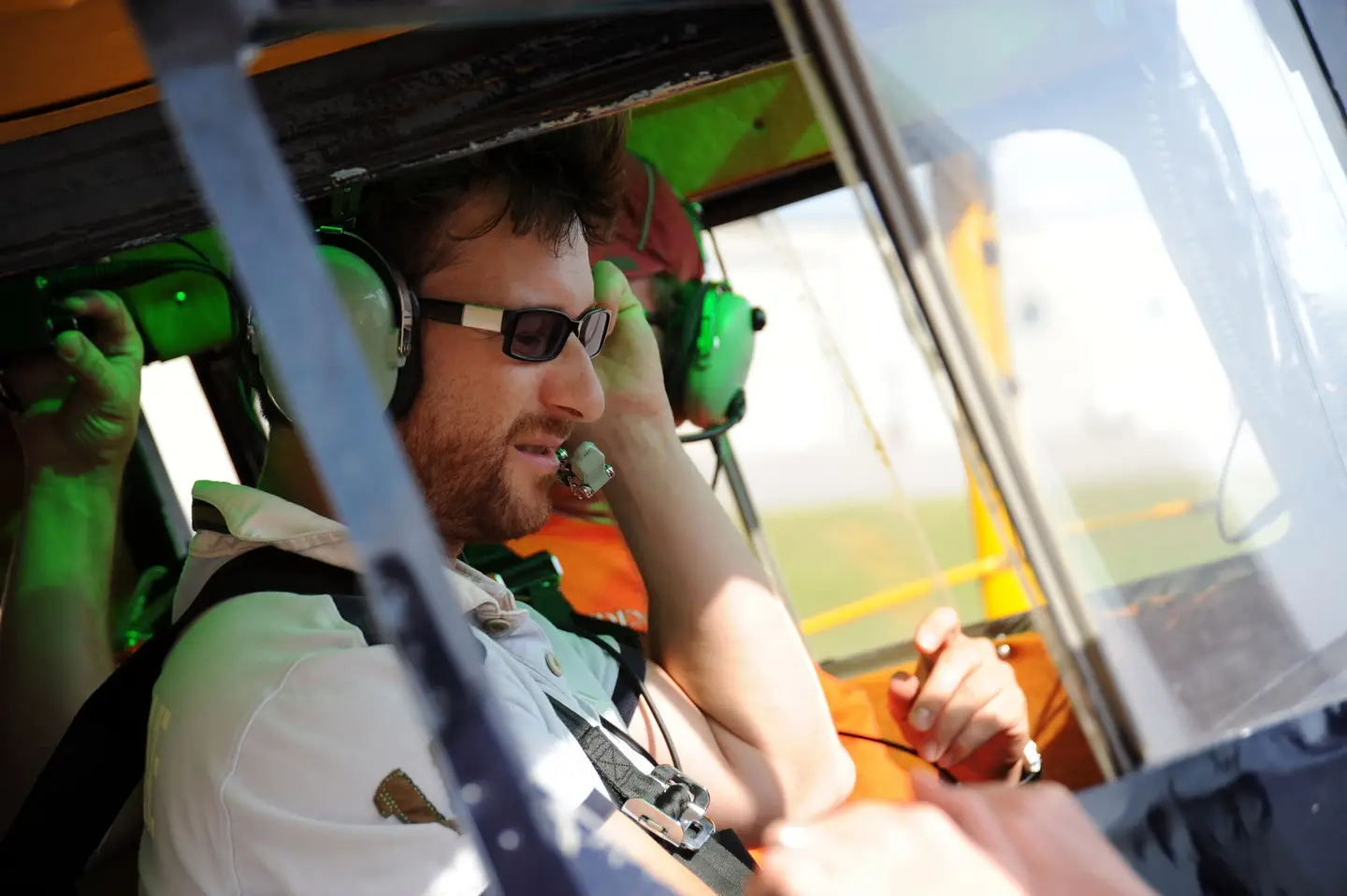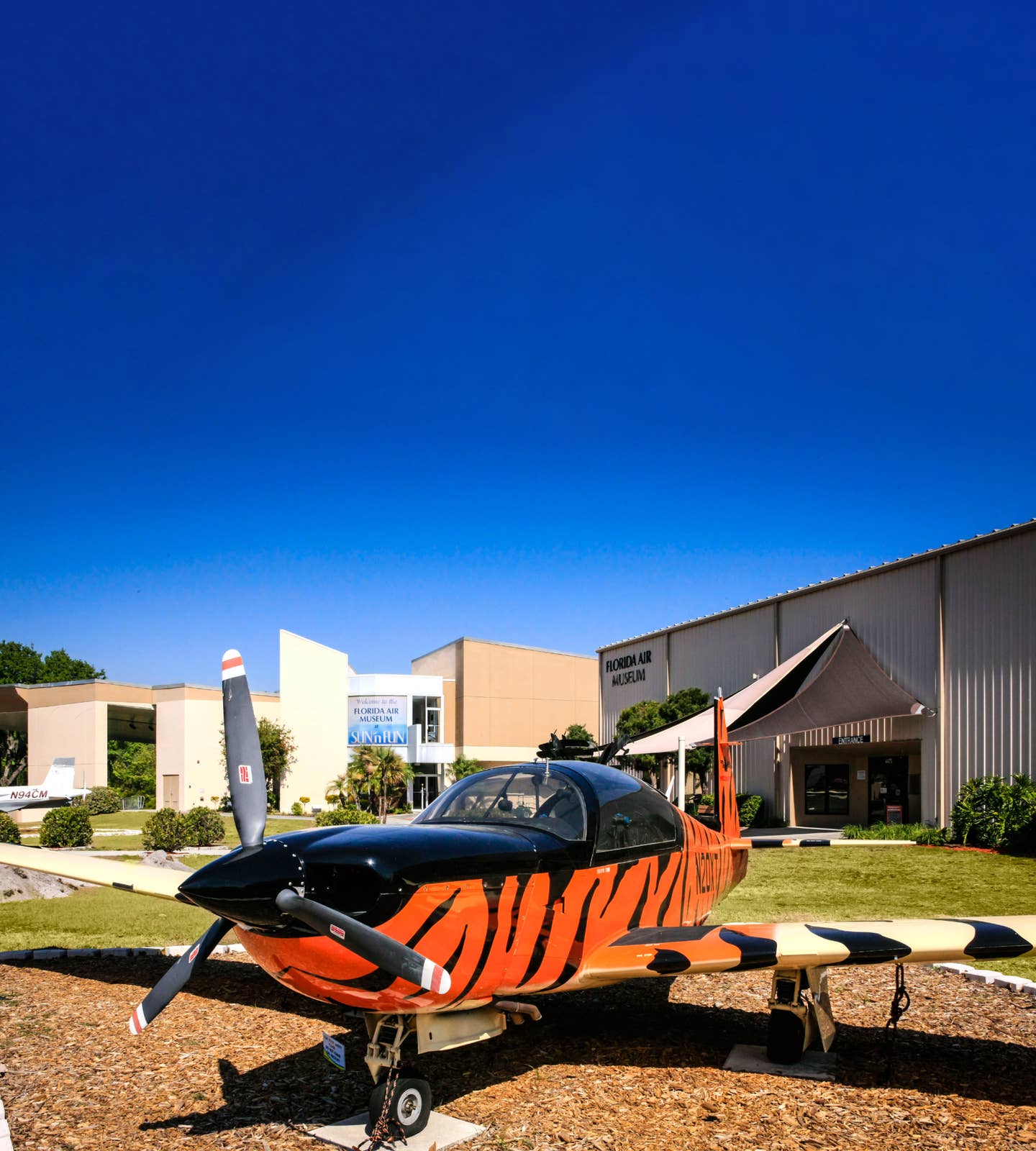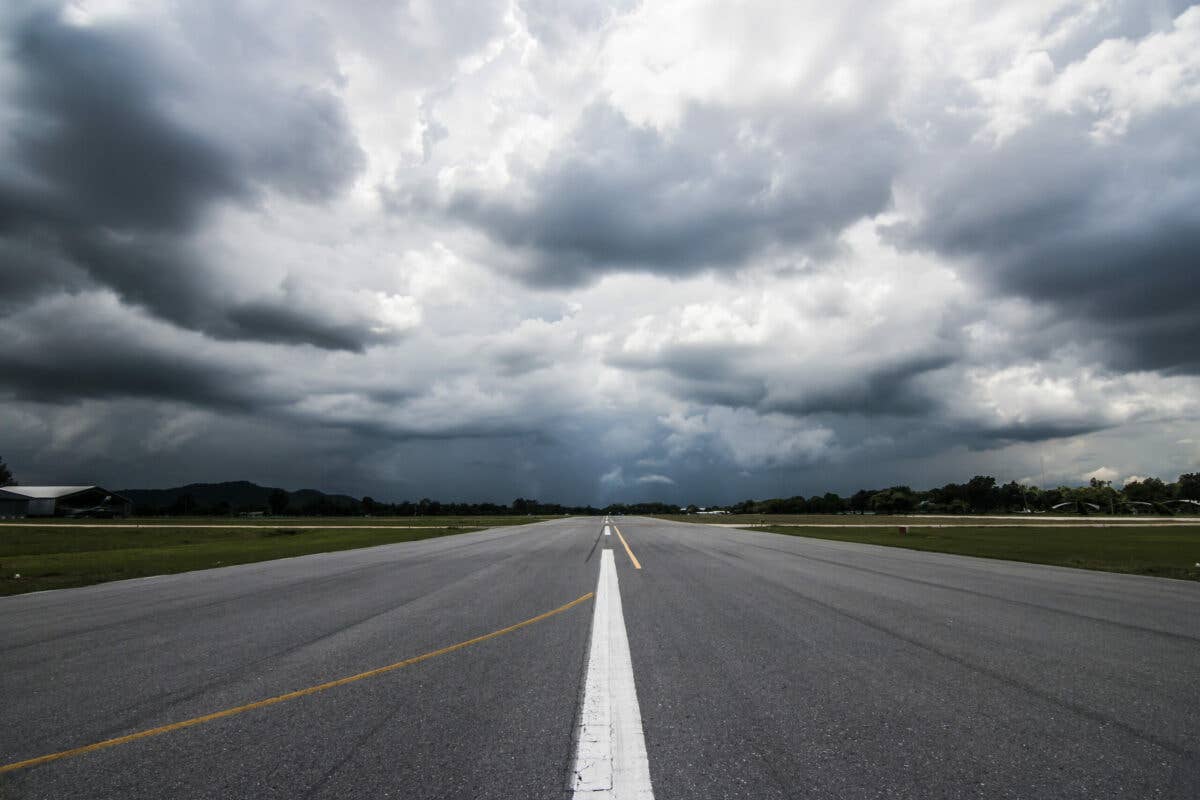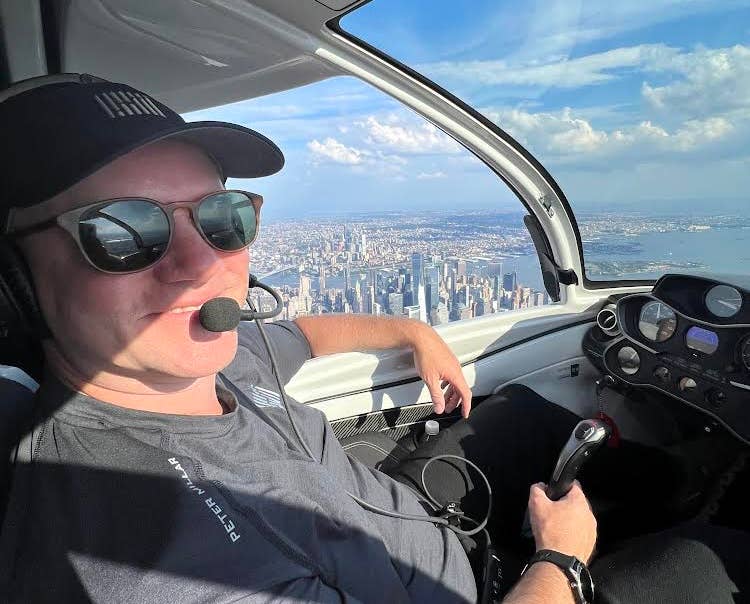Going Direct: Why The Ethiopian Airlines Disaster Is A Wakeup Call
The Ethiopian Airlines 737 Max loss of control was eerily similar to that of the Lion 737 Max, which crashed outside Jakarta in October. You should find that frightening.
The news of Sunday's crash of Ethiopian Airlines 737 Max 8 operating as Flight ET 302, in which all 157 people aboard were killed, has shocked the aviation world into action. Authorities in several countries have grounded the 737 Max 8 and I think it's safe to say that authorities in every other country with an aviation authority are considering it. If they're not, they are abdicating their sacred responsibility to do everything in their power to keep the flying public as safe as possible.
The airplane that crashed on Sunday was, like the Lion Air plane, a brand-new plane. Yet shortly after takeoff the pilots called the tower and requested an immediate return to the airport, which was granted.
What happened next is heart-rending. An airplane filled with people, described by one reporter as having diplomats, artists, and just regular moms and dads went violently out of control and crashed, killing all aboard. As was the case with the Lion Air tragedy, the captain of the Ethiopian Airlines 737 was an experienced pilot. Yet the control problems the crew of ET 302 faced seemed as baffling as those that brought down Lion Air 610.
As you know if you've been reading our analysis of the Lion Air crash, the Boeing 737 Max aircraft are outfitted with a system that will try to keep the airplane within a certain operating envelope, including not letting it get too slow. If it does, it'll put the nose down. In the old 737, this could be countered by the pilot by simply pulling back on the yoke, the most natural of reactions. This was essentially a big off switch for the entire system. But this failsafe is not installed in the 737 Max. That plane's system must be disabled by the pilot, by pulling circuit breakers and readjusting the elevator trim manually.
Do we know for sure that the Ethiopian Airlines crash was caused by the same malfunctioning sensors as seemed to have caused the Lion Air crash? No. In fact, we haven't seen a definitive report on that October crash yet. No one has reached any conclusions.
But with safety you shouldn't need conclusive evidence before acting to prevent foreseeable tragedies. All you need is a reasonable suspicion that something bad might be happening and it's causing catastrophes. When it's happening in the same model of newly introduced airplane and the crashes suggest a problem with a never-before fielded envelope protection system, you have strong circumstantial evidence that these planes should be grounded.
Boeing is a huge company with 150,000 employees. It wields a huge economic impact on the United States and the rest of the world. But you know what? When it comes to safety none of that matters. No matter your political affiliation, when it comes to hazards to aviation, the conservative call is invariably the right one.

Subscribe to Our Newsletter
Get the latest Plane & Pilot Magazine stories delivered directly to your inbox

